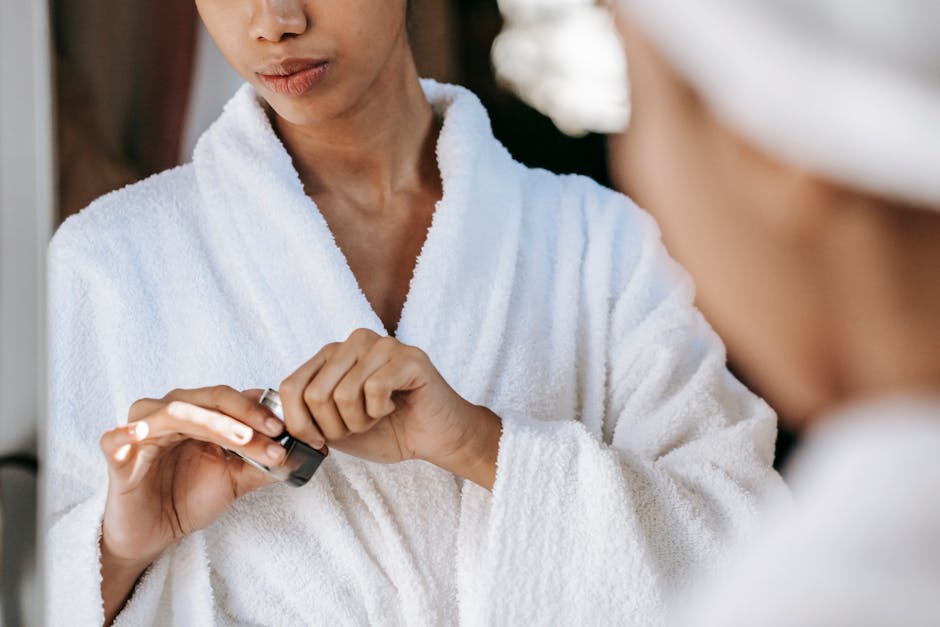 The Power of Art Therapy: Unlocking Inner Healing and Self-Expression
The Power of Art Therapy: Unlocking Inner Healing and Self-Expression
Art therapy has long been recognized as a powerful tool for self-expression and healing. Regardless of your artistic abilities, engaging in art therapy can have a profound impact on your mental, emotional, and even physical well-being. In this article, we will explore the benefits of art therapy, how it works, and ways you can incorporate it into your daily life.
Understanding Art Therapy
Art therapy is a form of expressive therapy that uses the creative process of making art to improve one’s physical, mental, and emotional well-being. It is based on the belief that the act of creating art can help individuals explore their emotions, reduce stress, and gain insight into their inner thoughts and feelings.
Benefits of Art Therapy
1. Self-Expression: Art therapy provides a safe and non-judgmental space for individuals to express themselves freely. Through art, you can communicate emotions, desires, and experiences that may be difficult to put into words.
2. Stress Reduction: Engaging in art can be a therapeutic and relaxing experience. It allows you to focus on the present moment, diverting your attention from everyday stressors. The rhythmic and repetitive nature of creating art can also induce a meditative state, promoting relaxation and reducing anxiety.
3. Emotional Release: Art therapy provides an outlet for pent-up emotions and feelings. Through art, you can release and process difficult emotions such as anger, sadness, or grief. This can lead to a sense of relief and catharsis.
4. Increased Self-Awareness: Creating art can help you gain insight into your thoughts, feelings, and behaviors. It allows you to explore your inner world and discover aspects of yourself that may have been previously hidden or overlooked. This self-awareness can lead to personal growth and a deeper understanding of yourself.
5. Boosted Self-Esteem: Engaging in art and witnessing your creative abilities can enhance self-esteem and build confidence. Art therapy focuses on the process rather than the end result, emphasizing that everyone’s unique expression is valuable and valid.
Incorporating Art Therapy into Your Life
1. Daily Doodling: Set aside a few minutes each day to doodle. You don’t need any fancy art supplies – a pen and paper will do just fine. Doodling allows your mind to wander and provides a creative outlet for your thoughts and emotions.
2. Art Journaling: Start an art journal where you can combine words and images to express your thoughts and feelings. Use it as a private space to explore your inner world without fear of judgment or criticism.
3. Coloring Books: Adult coloring books have gained popularity in recent years due to their calming and stress-relieving effects. Choose a coloring book that resonates with you and spend some time coloring to relax and unwind.
4. Group Workshops: Look for art therapy workshops or classes in your community. Participating in a group setting can provide a sense of belonging and support. Additionally, witnessing the creative expressions of others can be inspiring and eye-opening.
5. DIY Art Projects: Engage in do-it-yourself art projects like collages, mixed media creations, or even pottery. Explore different mediums and techniques to find what resonates with you.
In conclusion, art therapy is a powerful tool for self-expression and healing. Whether you consider yourself an artist or not, engaging in art can offer numerous benefits for your overall well-being. By incorporating art therapy into your daily life through doodling, art journaling, coloring books, workshops, and DIY projects, you can unlock inner healing and self-expression. Embrace your creativity and allow art to guide you on a journey of self-discovery and personal growth.